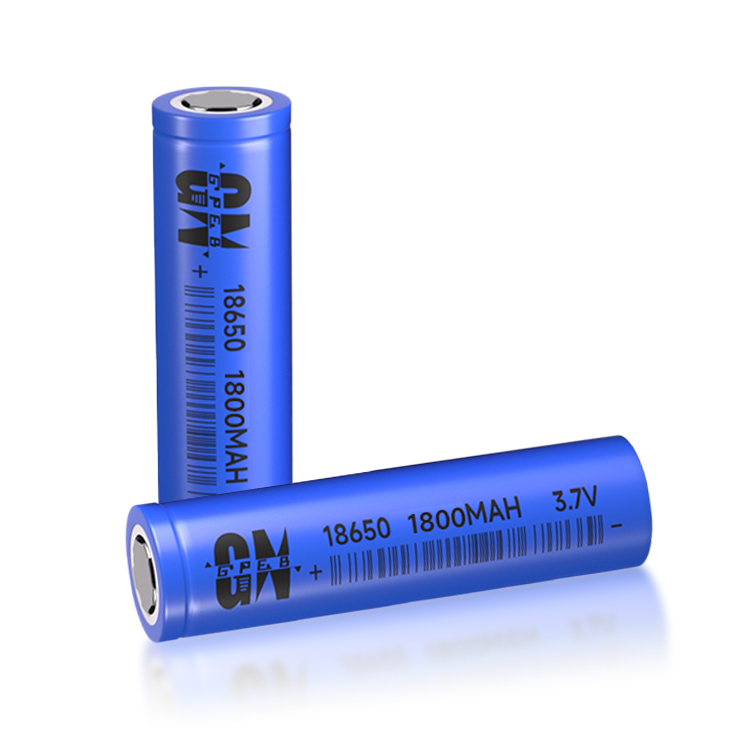

Researchers have been looking for ways to remove cobalt from high-energy batteries for decades due to its high cost and various human rights concerns associated with its mining. However, past attempts have failed to bring cobalt-free batteries up to the performance standards of cobalt-based batteries. (Image source: University of Texas at Austin) According to
Researchers have been looking for ways to remove cobalt from high-energy batteries for decades due to its high cost and various human rights concerns associated with its mining. However, past attempts have failed to bring cobalt-free batteries up to the performance standards of cobalt-based batteries.
(Image credit: University of Texas at Austin)
According to foreign media reports, researchers from the Cockrell School of Engineering at The University of Texas at Austin stated that they have cracked the code for cobalt-free high-energy lithium-ion batteries, which not only removes cobalt, but also reduces the energy consumption of the battery. Battery production costs, while also improving some aspects of battery performance. The research team developed a new type of cathode, an electrode typically containing cobalt that is anchored by a component high in nickel. The cathode contains 89% nickel, with other key ingredients being manganese and aluminum.
The more nickel a battery contains, the more energy it can store. Adding new energy density can extend the life of mobile phone batteries or the cruising range of electric vehicles.
Generally speaking, an increase in battery energy density will lead to a decrease in other aspects of battery performance, such as shorter cycle life, which is the number of times a battery can be charged and discharged before it fails and can no longer be fully charged. Removing cobalt usually slows down the kinetic reactions of the battery, resulting in low charge and discharge rates, known as cathode charge and discharge rates. However, the researchers say they have overcome the short cycle life and low charge and discharge rates of cobalt-free batteries by finding an optimal combination of metals to ensure even distribution of ions.
The cathode of most lithium-ion batteries uses a combination of metal ions, such as nickel manganese cobalt (NMC) or nickel cobalt aluminum (NCA). The cost of the cathode accounts for about half of the entire battery material cost, with cobalt being the most expensive component. At about $28,500 per ton, it is more expensive than nickel, manganese and aluminum combined, and is the most expensive component in most lithium-ion battery cathodes. Ingredients account for 10% to 30%.
"Cobalt is the least abundant and most expensive component in battery cathodes. We are on the path to completely removing it from batteries," the researchers said.
The researchers' breakthrough can be observed from an atomic perspective. During the synthesis process, they were able to ensure that ions of various metals were evenly distributed throughout the cathode's crystal structure. When such ions clump together, the battery's performance degrades, a problem that has plagued previously developed cobalt-free, high-energy batteries, the researchers said. By ensuring that such ions are evenly distributed, the researchers are able to prevent performance loss in the battery.
"Our goal is to use only abundant and cheap metals to replace cobalt while maintaining battery performance and safety, and to use an industrial synthesis process that can be immediately scaled," the researchers said.

Popular recommendation
18650 lithium ion battery.What are the differences between polymer lithium batteries and 18650 lithi
2023-10-1318650 lithium battery 3000mah.What is the progress of the important technology of lithium-ion batter
2023-10-0818650 battery rechargeable.A major breakthrough in power lithium battery technology, electric vehicl
2023-10-08AG5 battery!Analyze the differences in R&D and design of power lithium-ion batteries and ordinar
2023-10-08603450 polymer battery.New progress in alkaline zinc-iron flow battery research
2023-10-09lithium battery 18650.What is 18650 battery cell?
2023-10-13Which raw materials are mainly used for lithium battery production
2022-11-10AG9 battery.What are the disadvantages of 18650 lithium-ion battery technology?
2023-10-09102450 battery.Automatic nickel-cadmium battery charging circuit
2023-10-09AG1 battery!Optimistic about the performance of lithium battery materials, confirming growth and new
2023-10-08AAA Dry Battery!Researchers develop tiny biobattery to power disposable items online
2023-10-0818650 battery 3.7v 6000mah.What is the significance of studying the health status of lithium-ion bat
2023-10-08